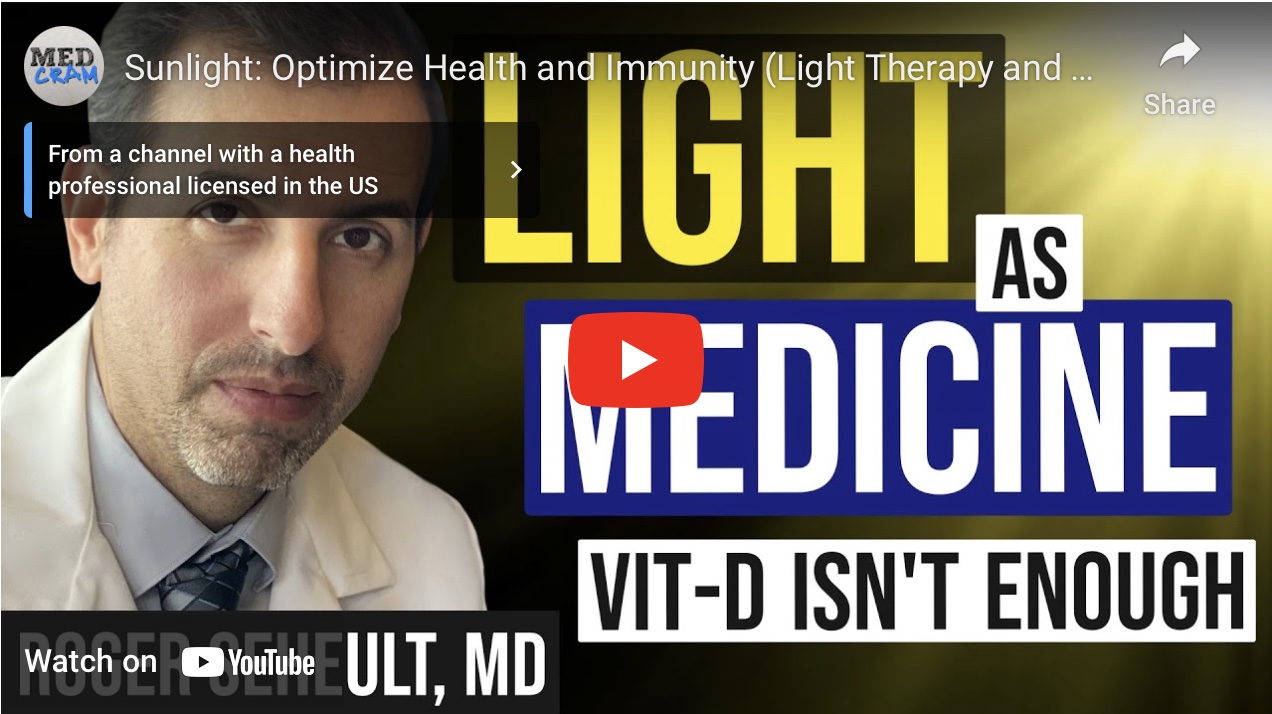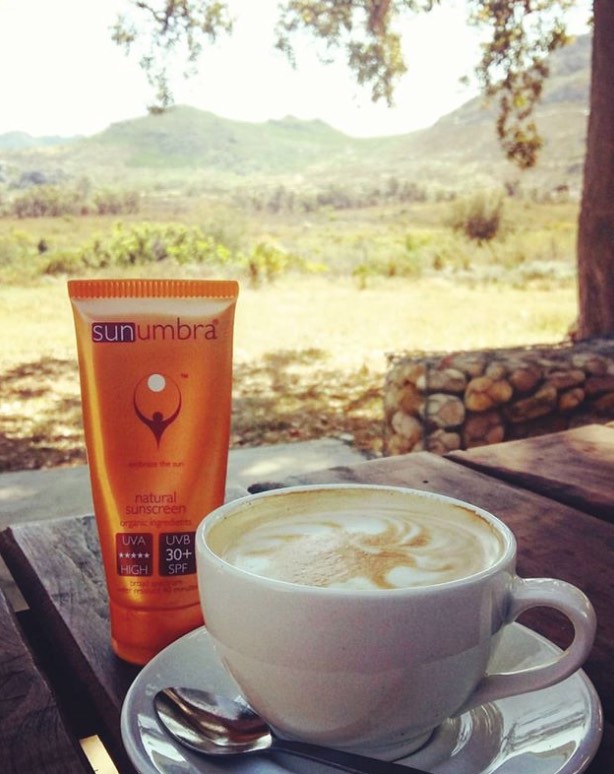Astaxanthin
- Home
- Astaxanthin
The astaxanthin in Sunumbra sunscreens comes from a microalgae called Haematoccous pluvialis, which is considered to be the most powerful natural antioxidant yet discovered.
It is 100% natural.
Astaxanthin in nature
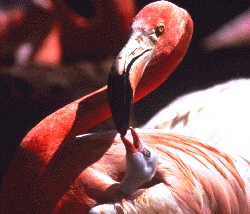 Astaxanthin is seen in the pink of flamingoes
Astaxanthin is seen in the pink of flamingoesMany people aren't aware that baby flamingos are born white. They only obtain their pink color once they eat food that is loaded with astaxanthin.
It belongs to a class of naturally occurring pigments called carotenoids. Even though there are more than 700 naturally occurring carotenoids, most people are familiar with just a few and the most common one is beta-carotene. These are of course, crucial to your health.
Astaxanthin has enjoyed an upswing in popularity ever since Dr. Mercola talked about its beneficial effects on Dr. Oz's show and Oprah. They have spoken about how, in addition to being one of the most powerful antioxidants we know of today, it also shows great promise in protecting the skin against the sun.
It has shown an ability to:
- protect against UVA induced DNA alterations in human skin fibroblasts and
- function as a protective agent against UV irradiation
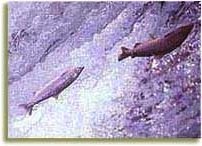
There are only 2 known sources:
- A unique source of natural marine microalgae called Haematoccous pluvialis
- Sea creatures that consume this microalgae eg. salmon and krill
Astaxanthin the powerful free radical scavenger
As a free radical scavenger astaxanthin is:
- 65 times more powerful than vitamin C
- 54 times stronger than beta-carotene
- 14 times more potent than vitamin E
Key additional benefits include:
- Prevents premature skin aging
- Prevents skin dryness
- Reduces age spots and freckles
- Ability to cross the blood-brain barrier plus the blood-retinal barrier, where beta-carotene does not.
- Provides protection for your eyes, brain, and nervous system from oxidative stress
- Potentially reduces DNA damage caused by free radicals
- Increases your strength and stamina, especially if an athlete
One key area that it has a positive effect on, is your mitochondria:
The anti-inflammatory properties are being seen to provide athletes with increased muscle performance and faster recovery.
With its powerful antioxidant qualities, it scavenges free radicals created in muscle tissue after strenuous exercise, thus also protecting the mitochondria - the powerhouses of the cell. Mitochondria being the parts of the cell that convert food to energy using ATP, or adenosine triphosphate, they are vital for the maintenance of energy and stamina levels.
In addition to trapping free radicals, astaxanthin also de-charges singlet and triplet oxygen, thus providing its anti-inflammatory properties.
It's superior antioxidant capacity over other carotenoids is due to it being oxygenated.
The actual molecule has the longest double-bonded, conjugated polyene chain of any of the related xanthophylls, with both hydroxyl and carbonyl groups at each end. It is this configuration that provides the excellent antioxidant capacity, and the incorporation of free radicals into its polyene chain to trap them.
Other carotenoids and antioxidants may perform one or two of these functions, but astaxanthin does them all, and in most cases, does them better.
Astaxanthin Studies:
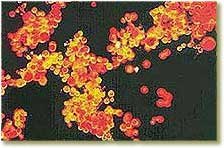 astaxanthin from Haematococcus pluvialis
astaxanthin from Haematococcus pluvialisIn one study it was shown to increase in moisture level as well as visual wrinkle reduction after only four weeks of application. (Seki, t., Sueki, H., Kohno H., Suganuma, K., Yamashita, E.: Effects of astaxanthin from Haematococcus pluvialis on human skin - Fragrance Journal, 12: 98-103, 2001)
In another study it showed that women with dry skin saw significant improvements in spots and freckles, acne and pimples, dark rings around their eyes and less wrinkling of their skin. (Yamashita E.: Cosmetic benefit of dietary supplements including astaxanthin and tocotrienol on human skin. FOOD Style 21, 6: 112-117, 2002)
Still another test showed that it improved fine lines, wrinkles and elasticity in the test subjects skin. (Yamashita E.: The Effects of a dietary supplement containing astaxanthin skin condition. Carotennoid Science, 10: 91-95, 2006)
Astaxanthin inhibits reactive oxygen species-mediated cellular toxicity in dopaminergic SH-SY5Y cells via mitochondria-targeted protective mechanism.
Have a question yourself?
Do you have a question or perhaps wish to make a comment or even tell a story about an experience with sunscreen? Please share it! Others will benefit and may join the conversation.

